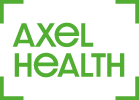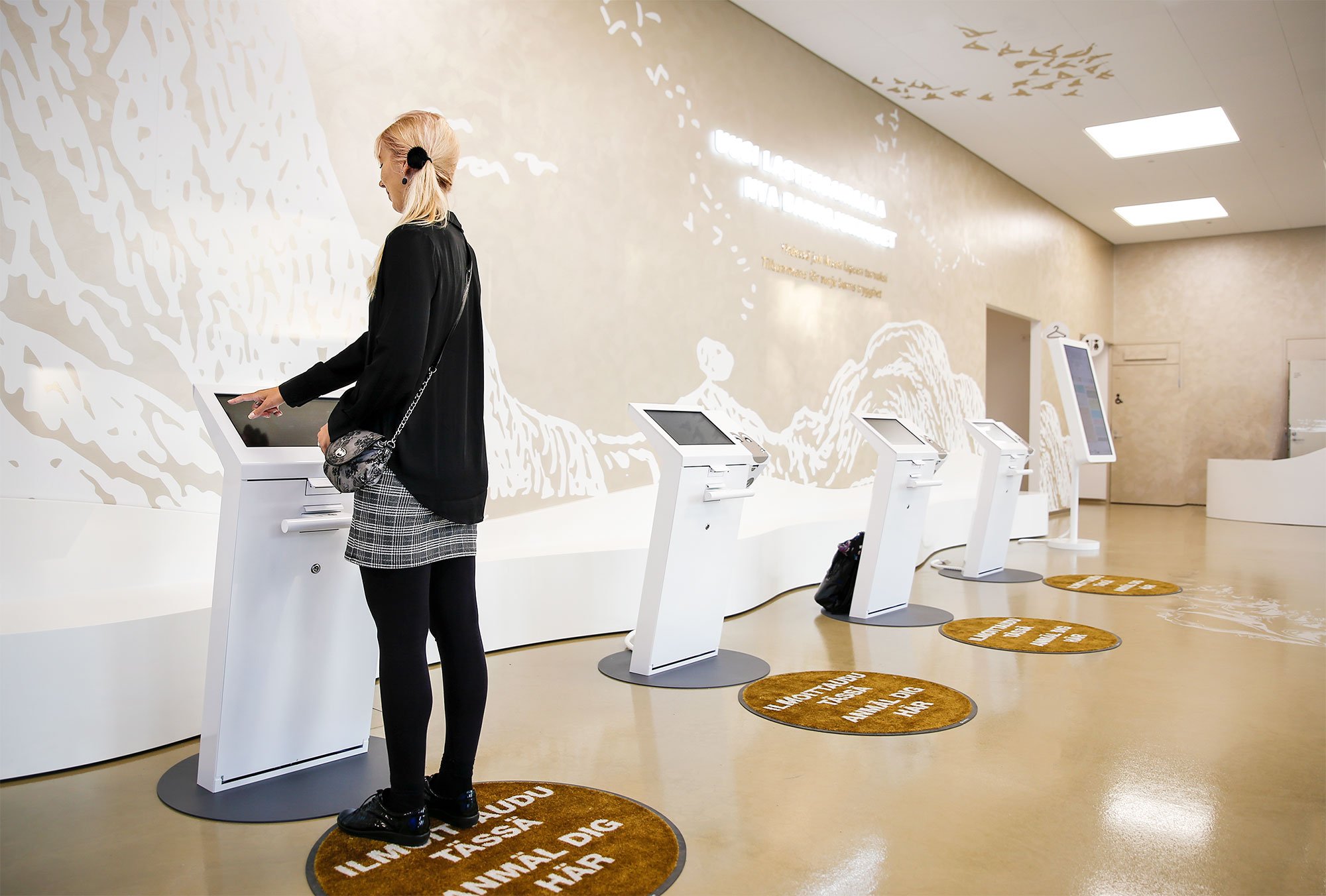Excel is used for various purposes in business processes all around the world. This classic solution is very flexible, but it can also become an extremely tedious tool to use – at the latest when the company grows. In many healthcare organizations, resource planning is usually run on Excel. Is this really the most efficient way to do this important planning work or would there be other options?
The means of production in healthcare, that is resources that enable and disable healthcare production the most are people, facilities, devices, and of course, money. I will skip the last resource for now, because the budget is usually the most important factor which in itself restricts the other resources. In healthcare service production, facilities, healthcare professionals, devices and patients encounter at the right time. To work smoothly, service production needs to be planned on many different levels. The typical model, adapted from the military world, is to do planning on a strategic, tactical, and operative level. The levels are distinguished by the timespan and level of detail.
In healthcare service production, planning and steering on a strategic level are based on a rough estimate of resource needs, on a budget derived from it, and on a plan. The time period is typically 6-12 months. On a tactical level, planning happens usually on a monthly and weekly basis and it focuses on clinic-level planning, planning of consulting hours, and task planning. Rooms and facilities are also considered. The main idea is to optimize the use of facilities and make sure that all resources and all consulting hours have a suitable room available. On an operative level, the use of individual resources is planned on a daily and hourly basis.
In healthcare organizations, the above three-level planning puzzle has so far been done in Excel. What if you could automate processes and replace Excel altogether with another solution? Axel Planner beats the traditional spreadsheets hands down. It brings the planning function of an organization to one system and thus enables better optimization of resources. Real-time visibility to several organization-wide plans reduces errors and makes it possible to update plans quickly and flexibly. Learn more about Axel Planner and how it helps healthcare organizations manage their personnel, rooms, and devices in real time – without Excel.





